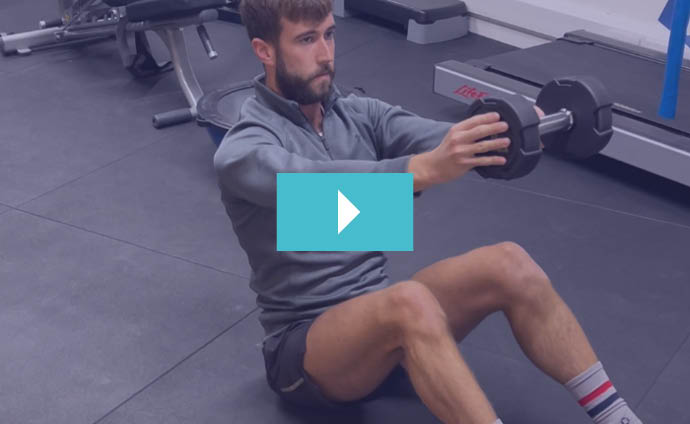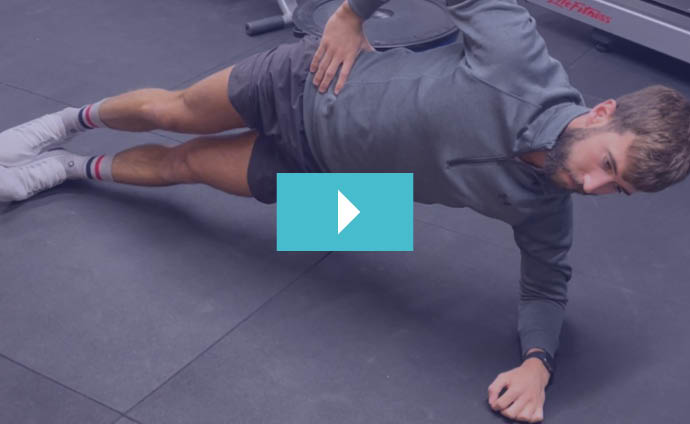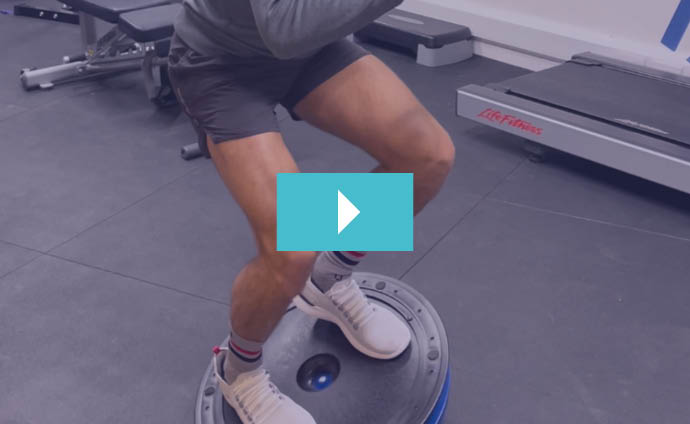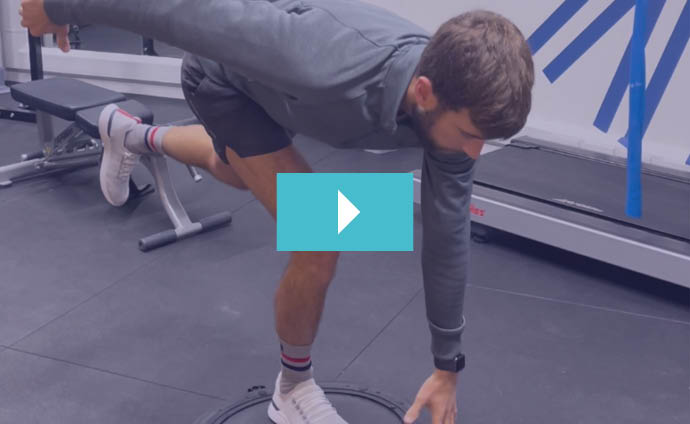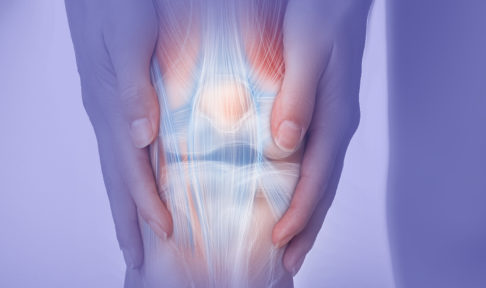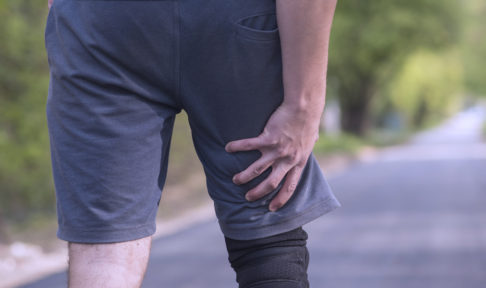As ski season approaches it can be tempting to book a weekend in The Alps on a whim and head to the slopes without a second thought. But as anyone who has fallen into this trap would know, the best-case scenario is you wake up on the second day feeling muscles that you didn’t know you had… and the worst case is that you injure yourself on the first run of day one.
That’s not to say you shouldn’t get excited about the prospect of a snow trip (after all, we all deserve holidays galore after the last couple of years!), but the key to making the most of your time away is the preparation in the lead up to the event.
A qualified physio will be able to provide you with a full assessment before the ski season kicks off and determine exactly which of your muscles and joints need focused attention. Then they can work with you to create a personalised prehab plan to set you up for success. In essence, a physio’s focus will be on strengthening any areas that are weak and providing functionality to areas that are tight and lacking flexibility.
But, so you know what to expect before you book in your assessment, here are three areas of the body you should consider training in the lead up to your ski trip, to ensure you stay injury-free for the duration of your time away.
1. Abs and obliques
When you think of aches and pains from skiing, you would be forgiven for immediately thinking of screaming thigh muscles. But it’s not just the legs that need attention when preparing for the snow season (although we’ll get to them later!). It might sound counterintuitive, but the best way to protect your legs is to strengthen your core.
This is because if you don’t have support from your trunk, you’ll end up with a back injury by losing control coming down a run or from a lack of endurance, which leads to poor technique.
High-level abs exercises focus on full straight abdominals with the addition of obliques.
A combination of a level one plank and side plank will help target your overall core strength and obliques.
The way to counteract this? Build up strength in your rotating abs or obliques, so they are capable of preventing your legs from bearing the brunt of the twisting motion that is so often required in skiing (either from a narrow run or to avoid a rogue snowboarder heading your way!).
2. Knees and ankles
That’s not to say your legs should entirely be ignored. Ensuring your knees and ankles are in good shape before you strap on the skis is crucial, as a serious injury to either area can be the end of your snow-faring days.
Strengthening muscles such as your calves and inner thighs will help build support and flexibility into your knees – so be sure to speak to your physio for more suggestions on how to target these specific areas.
This level one ankle stabilisation exercise is the perfect prehab for skiers.
And stabilisation exercises (such as demonstrated above) are a great way to help build up strength in the ankles. Wearing your ski boots as tightly as is comfortable for you will also help to stablise your ankles and stop you from rolling them in the event you do take a tumble.
3. Glutes and legs
When it comes to strengthening the bigger muscles in your legs and buttocks, the obvious exercises people opt for are squats and lunges. But it’s important to remember that skiing is an endurance sport, so you won’t just be squatting for a few seconds at a time – you’ll be sat in a squat position for the entire time it takes you to get from the top of a run to the bottom!
So, when you’re training your squats, don’t just pulse in and out of it, but instead try a wall sit for as long as you can manage to replicate the skiing position. You might like to alternate this with functional exercises like crab walks, because when you go around the bends of a run you’ll need to be capable of changing direction while in a squat position.
Another option is a high-level stabilisation exercise like this one. While the uneven surface will benefit your ankles, it will also challenge you to work your glutes, legs and core all at once.
This sort of functional training will have a much better impact on your overall leg and glute strength and will set you up to enjoy a pain and injury-free ski season.
Do you want to make sure you’re properly prepared to enjoy all the fun that comes along with snowsports this winter?
Book a time with one of Spectrum’s qualified physios and get access to a personalised prehab plan that’ll have you feeling stronger and fitter than ever.


